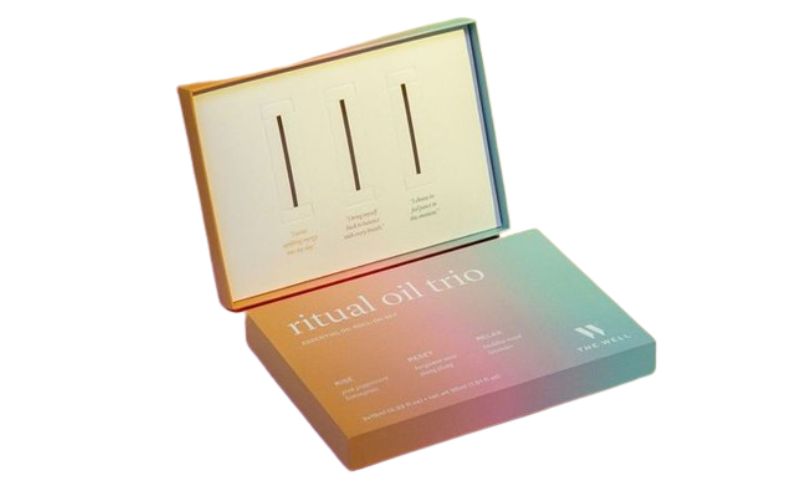
In the world of printing, adding a finishing touch can elevate your project from ordinary to extraordinary. Coatings not only enhance the visual appeal of your printed materials but also protect them from wear and tear. But with two main options – aqueous and UV coating – choosing the right one can be confusing. This blog will shed light on these popular coating types, helping you make an informed decision.
Table of Contents
ToggleWhat is Aqueous Coating?

Aqueous coatings are water-based solutions that offer a variety of finishes, including gloss, matte, and satin. They dry through air evaporation, making them a fast and relatively simple process.
Here’s why aqueous coatings might be a good fit for your project:
- Eco-Friendly: A major advantage of aqueous coatings is their minimal environmental impact.
- Cost-Effective: Compared to UV coating, they are a more budget-friendly option.
- Flexibility: Aqueous coatings excel in their ability to bend and fold without cracking, making them ideal for brochures, menus, and other frequently handled items.
- Scratch and Scuff Resistance: They provide a good layer of protection against everyday wear and tear.
Read: Complete guide on Aqueous costing and why it is used for printing and packaging?
However, aqueous coatings do have some limitations:
- Durability: While offering decent protection, they don’t fare as well as UV coatings against harsh conditions or frequent use.
- Water Resistance: Their water resistance is limited, so they might not be suitable for projects exposed to moisture.
- Gloss Level: While achieving a nice sheen, aqueous coatings may not deliver the highest level of gloss compared to UV options.
What is UV Coating?

UV coatings are solvent-based solutions that cure instantly upon exposure to ultraviolet light. This process offers several benefits:
- Superior Durability: UV coatings create a hard, protective layer, making them ideal for high-traffic areas and projects requiring maximum protection against scratches, abrasions, and even chemicals.
- High Gloss Level: If a brilliant, reflective finish is your goal, UV coating delivers exceptional shine.
- Water Resistance: UV coatings offer superior water resistance compared to aqueous options.
- Specialty Finishes: UV coating allows for unique effects like glitter or textured finishes, adding an extra dimension to your project.
While UV coatings boast impressive qualities, they also come with some drawbacks:
- Environmental Impact: The use of solvents and potential for emissions raise environmental concerns.
- Cost: UV coating is generally a more expensive option compared to aqueous coating.
- Cracking on Folds: Heavy folding can lead to cracking in UV-coated materials.
Making the Right Choice
To help you decide, here’s a quick comparison table:
| Feature | Aqueous Coating | UV Coating |
|---|---|---|
| Composition | Water-based | Solvent-based (UV cured) |
| Drying Process | Air drying | Instant (UV light) |
| Eco-Friendly | Yes | Less so |
| Cost | Lower | Higher |
| Flexibility | Excellent | Moderate |
| Scratch Resistance | Good | Excellent |
| Water Resistance | Limited | Better |
| Gloss Level | Moderate | High |
| Specialty Finishes | No | Yes (glitter, textured) |
Choosing the right coating depends on several factors:
- Budget: Aqueous coating is more cost-effective, while UV coating offers premium protection at a higher price.
- Environmental Concerns: If eco-friendliness is a priority, aqueous coating is the clear winner.
- Desired Finish: For a high-gloss finish or specialty effects, UV coating is the way to go. Aqueous coating offers a good range of standard finishes.
- Durability Requirements: High-traffic areas or projects needing maximum protection benefit from UV coating.
- Folding Needs: If frequent folding is required, aqueous coating provides better flexibility.
Conclusion
Both aqueous and UV coatings offer distinct advantages and disadvantages. By understanding their properties and your specific needs, you can make an informed choice that elevates the look and longevity of your printed project. Remember, coating technology is constantly evolving. Eco-friendly UV coatings are emerging, offering a more sustainable option in the future.

